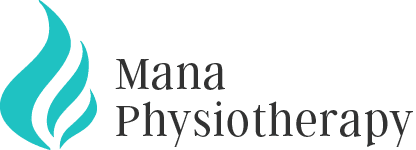I get asked this question so many times. And it is such a good question. Chinese Medicine is fascinating – they have been using acupuncture for thousands of years.
Physios started taking notice during a study of cortisone injections where people were reporting improvements whether they had cortisone or saline injected into them, and so more investigation into the benefits of the needle itself were explored, leading to dry needling as a common Physio treatment technique.
There are a few ways Dry Needling works. Firstly, it attracts blood flow to an area. Blood flow brings oxygen and nutrients to a pain/ injury site and is essential for healing. The needles also stimulate a healing response, as it essentially is a micro-wound that the body will want to heal. We can ‘hijack’ this healing response to the pain site or injury- this is especially beneficial in people with a chronic injury, where the body’s own healing mechanism has stagnated.
Inserting a needle into a muscle or trigger point also encourages that muscle to relax, so it can be very effective in relaxing overactive muscles too.
There are some other ways it can work with pain- including the Pain Gate Mechanism, whereby the needle stimulates sensory (incoming) messages to the brain, but the non painful kind. The brain can only handle a certain amount of incoming messages so the theory is that it starts to ignore the pain signals in favour of this new sensory message.
A lot of people have found Dry Needling to be painful. There are so many different techniques, some of which include twisting or flicking the needles, or applying an electrical current or heat to the needle. Whilst I don’t disagree with these techniques, I personally have not found them to provide exponentially more benefit than putting the needles in and leaving them alone. I may push them in a little more as the muscle starts to relax but I don’t twist or flick them unless someone asks me to. So the technique I use is very gentle. 99% of the times it is less painful that releasing a trigger point with my hands. And to prove I would never do something to a patient that I wouldn’t do to myself…check out the pic!
And lastly (for those of you still reading – thank you!) the difference between Acupuncture and Dry Needling is the philosophy that underpins it. There is debate about this that I won’t get into, but Acupuncture mostly refers to the Traditional Chinese method of using needles to clear Chi flow and restore balance in the body. Physio is based on Western Medicine where we are tapping into the physiological mechanisms I talked about above.
If you have any questions, head over to my Facebook page and let me know – I love talking about this stuff!
